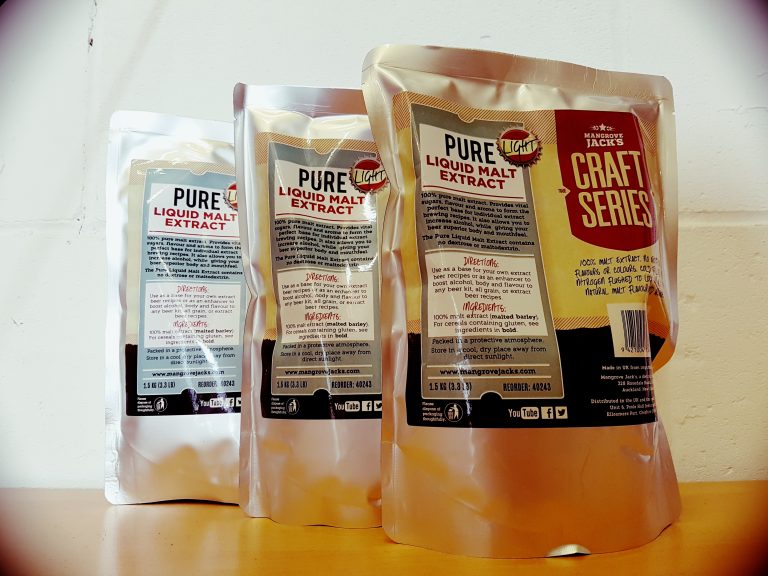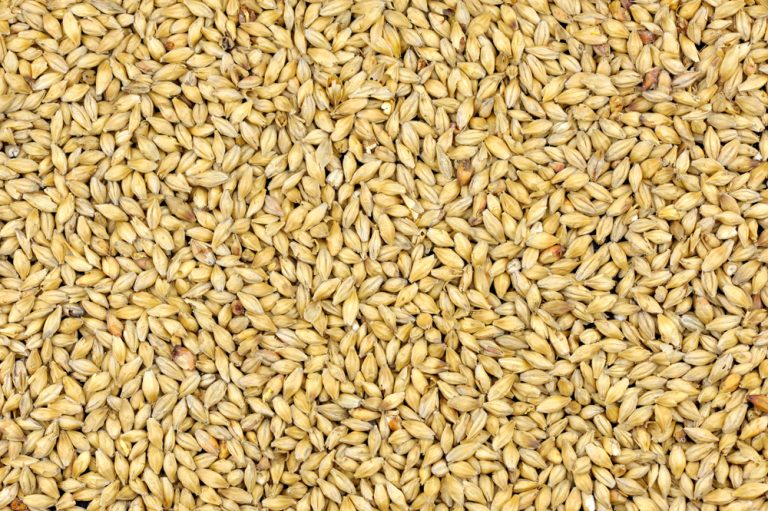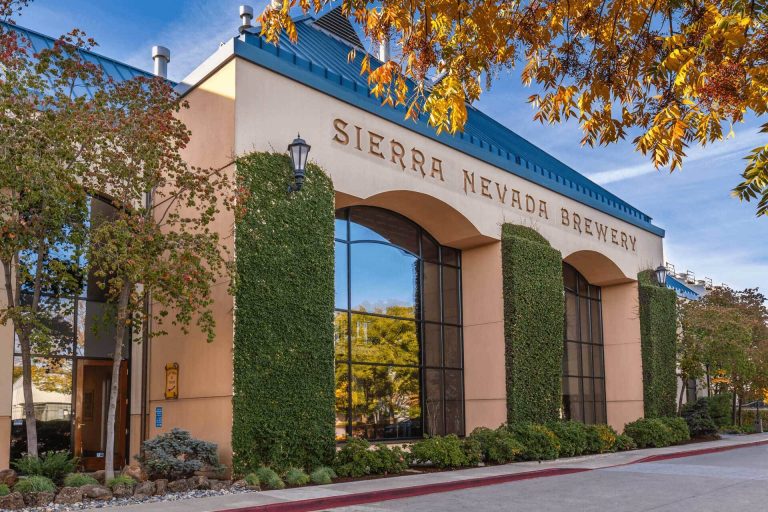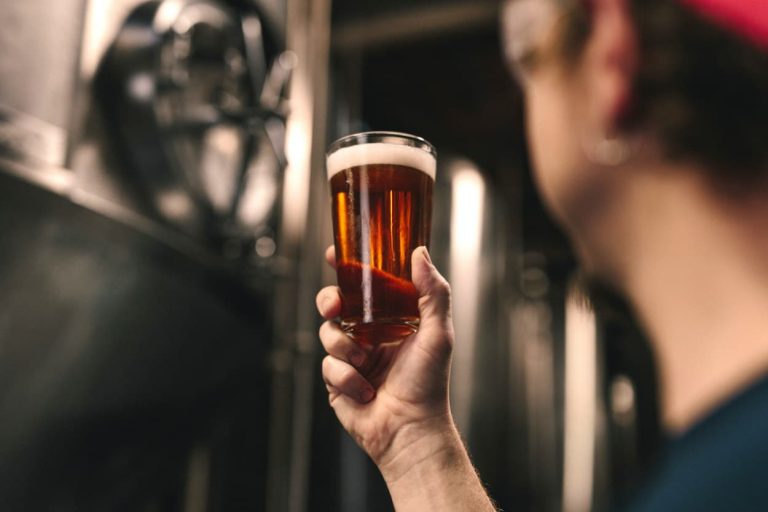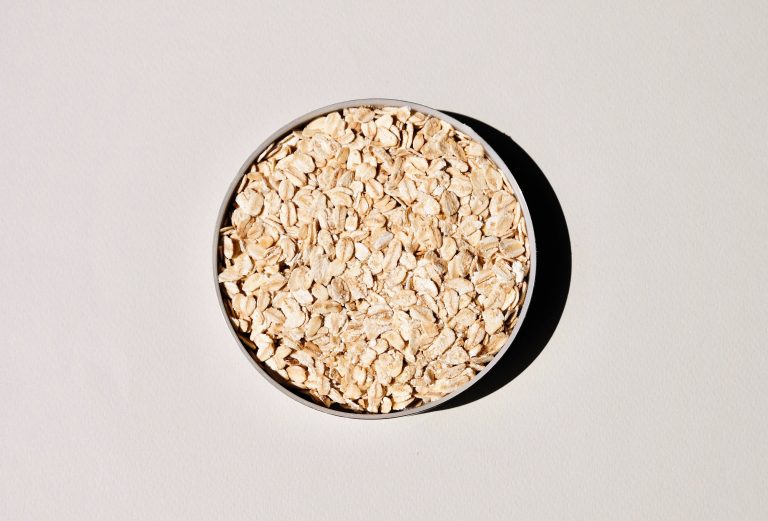How to Find the Biggest Hop Bargains
When brewing a hop-heavy beer like an IPA, brewers know that at lest half of their budget will be taken up by the hops. Varieties like Galaxy, Citra, Sabro and Nelson Sauvin all break the bank when it’s time to purchase them.
Sure, you can get some bulk discounts if you buy them by the pound as opposed to the ounce, but these hop varieties are always the most expensive. They are the most popular hops because they pack the biggest flavor punch.
We looked at three different popular online hop suppliers (HopHavoc, Northern Brewer and AIH) and averaged their prices per pound to find the most expensive hops on the market. There are no surprises in this list.
| Hop | Avg. Price per Pound |
|---|---|
| Galaxy | $39.66 |
| Sabro | $36.99 |
| Enigma | $36.99 |
| Vic Secret | $36.49 |
| Citra | $36.06 |
| Nelson Sauvin | $35.89 |
Looking for Cheaper Alternatives
Seeing as these hops are the most expensive on the market today, any alternative will be cheaper. Just looking at the best substitutes for each of the hops listed above show some significant savings by simply using one of their common alternatives.
| Hop | Substitute | Avg. Savings per Pound |
|---|---|---|
| Galaxy | Azacca | $16.74 |
| Sabro | Ekuanot | $20.50 |
| Enigma | El Dorado | $7.50 |
| Vic Secret | El Dorado | $7.00 |
| Citra | Simcoe | $11.61 |
| Nelson Sauvin | Hallertau Blanc | $12.57 |
There are other ways tho substitute hops than the 1:1 method we talk about above, but none are simple. Remember, hop flavors and aromas come from their oil content, so if you theoretically match the oil amounts, then you should have an exact match on flavors.
Andrew over at Third Leap Brew tried this exact method by replacing Citra with a mix of 62% Mt. Hood and 38% Bravo. The result was a 44% cheaper alternative. They did the same with Mosaic, by mixing 65% Bravo, 30% Idaho 7 and 5% Comet. Andrew has not yet put these to test, but the idea is very promising!
Note: If anyone wants to try to take a stab at coming up with an equation or spreadsheet in order to do this, we have the necessary data on over 250 varieties for you in our industry-leading hop database.
Rocking Out With Cheap Hops
Many times as a homebrewer, we are creating our own recipes as opposed to following a recipe, which is usually a clone of our favorite beer. When this is the case, we can really choose any hops that we want. We aren’t beholden to using Citra for the Zombie Dust clone because we are instead making it up as we go.
In these cases, we can simply try to find good hops for our style of beer that are the cheapest on the market. Cheap doesn’t always mean there is something wrong with the hop variety, it just means it’s not in sky-high demand like some of the more popular versions.
I’ve come across clearance sales at NorthernBrewer and other online retailers that have inspired me to brew a beer with some of their on-sale hops. I regularly see Pacific Gem, Green Bullet and Cascade hops on steep discount – usually over half off.
Unfortunately clearance finds are sporadic, are never the uber-popular varieties and are usually for bittering.
Growing Your Own
Growing your own hops can be fun and help your bottom line. While all the expensive hops we listed above are not available for home growers, you can find a lot of fantastic plants that will likely work in your area. Crystal, Cascade, Centennial, Nugget, CTZ, Chinook, EKG, Cashmere… they are all available to grow at home.
This of course takes more work than dropping $5 down on an ounce of hops, but it can certainly be a more rewarding experience.
Finding Older Crop Years
Another way to save money on hops is to buy last year’s crop instead of the fresh goods from this year. Current year hops always tend to be the most expensive, and each prior crop year gets cheaper.
Looking at twenty of the most popular hops on HopHavoc and HopsDirect, we found that on average, 2019 hops were 13.9% cheaper than that same variety’s 2020 crop. For those hops that still had 2018 and 2017 crop years available, they were 40.6% and 45.3% cheaper than the 2020 crop, respectively.
| 2020 to 2019 | 2020 to 2018 | 2020 to 2017 |
|---|---|---|
| ⇩ 13.9% | ⇩ 40.6% | ⇩ 45.3% |
This steep decrease in price shouldn’t come as a surprise to anyone.
Hops historically have poor storage qualities, which will cause the hops to lose their oils. The storability of each hop is measured by its Hop Storage Index, or HSI. This index indicates the percent of alpha and beta acids lost after 6 months of storage at room temperature (68°F or 20°C).
The HSI value is listed as a percentage, or a range of percentages. For example a hops with a starting alpha of 10% and HSI of 25% stored for 6 months would lose 25% of its alpha potential, resulting in a new alpha acid value of 7.5% if stored at 68°F. The same hops stored for 6 months at 28°F (-2°C) would only lose 10% of its alpha acids leaving it at 9% alpha content.
Hops will last over three times as long as their HSI would indicate if frozen and stored properly. This is the sticking point when buying aged hops online. You never know if those cheap Citra hops from 2017 have been frozen for the last 3 years or not. In fact, we spoke to Dylan over at HopHavoc, and he said that all his hops are stored at 32 degrees as they age, and they’re also nitrogen flushed when packaged to remove any oxygen from the bags. Any extra oxygen will eventually cause premature degradation of the hop.
Long story short – if the hops are stored correctly by the supplier, buying older years should not be an issue worth caring about.


